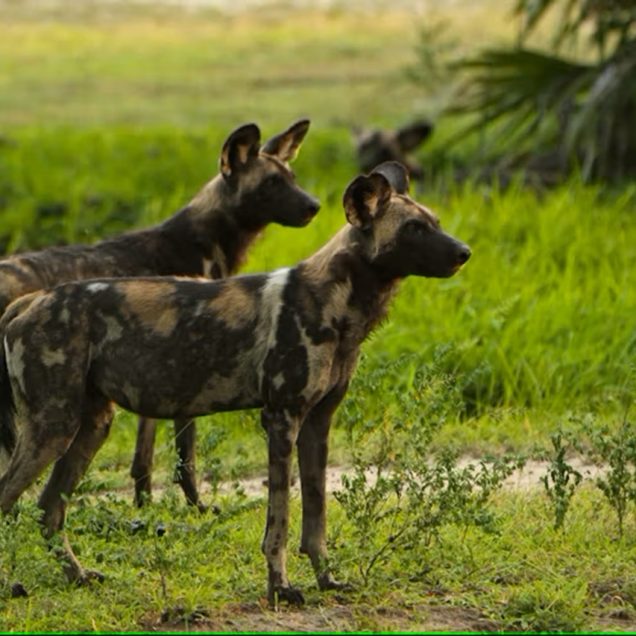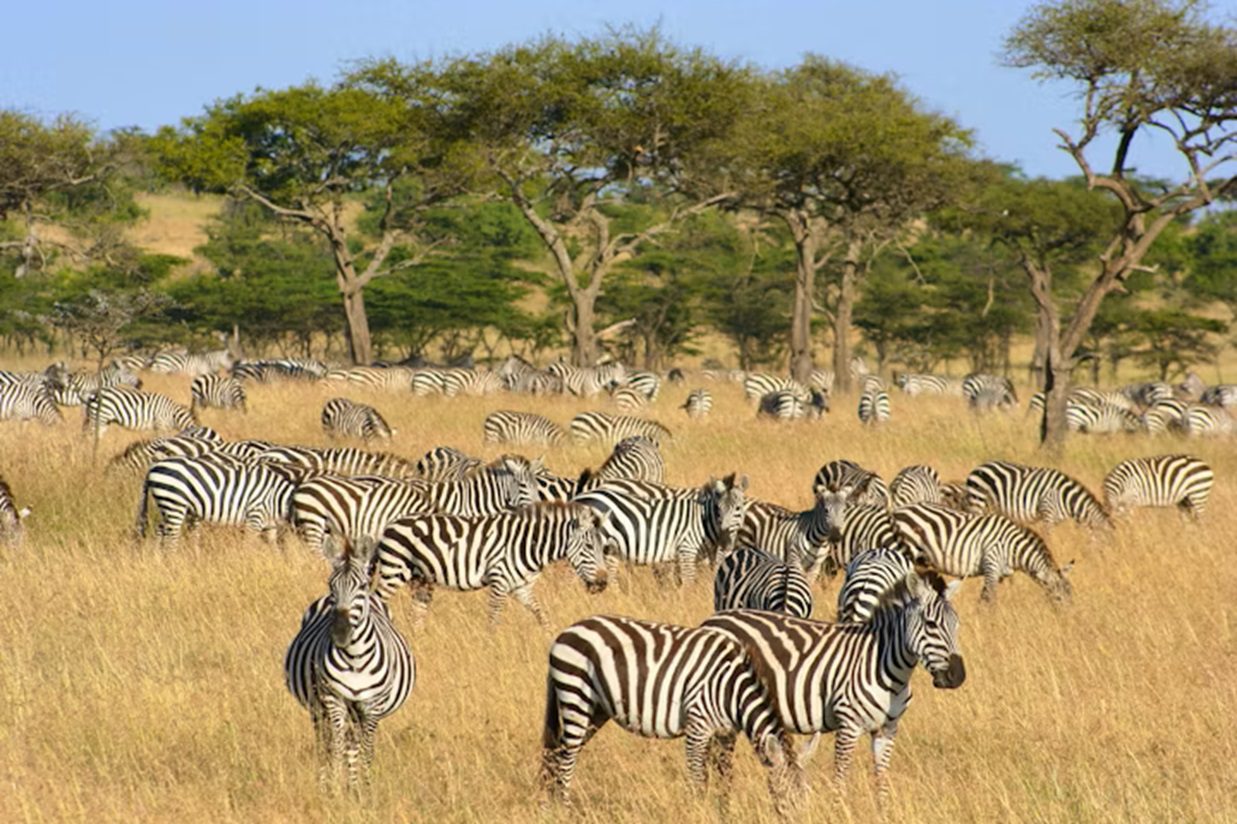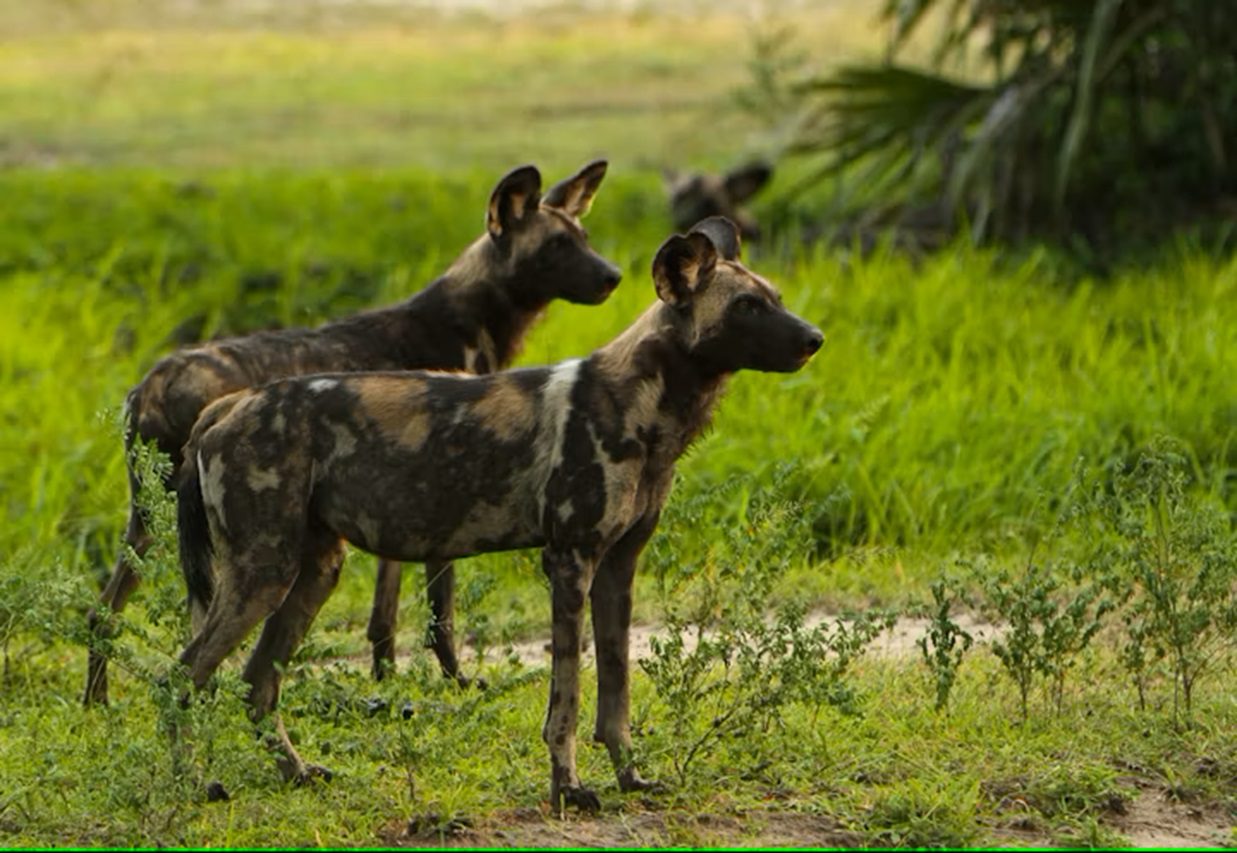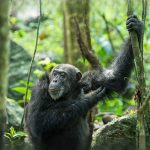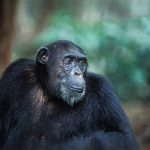KATAVI NATIONAL PARK
Known for its diverse landscapes and abundance of game, Katavi National Park’s drawcard is its remoteness. This has ensured that the area has remained completely unspoilt. With so few visitors around, a Katavi safari is guaranteed to make you feel like the only people on earth! With large populations of elephants, lions, hippos and more, game viewing is beyond spectacular, especially during the dry season when water sources dwindle.
At 4471 square kilometres, Katavi National Park is Tanzania’s 3rd largest wildlife reserve. The inaccessibility of Katavi National Park makes this prohibitively expensive for many people visiting this remarkable country. However, it is well worth the effort and expense once you get there. This is the park for the seasoned safari-goer and it never fails to fill visitors with wonder. It is one of the few places left in Africa that is literally off the beaten track and hence, one of Tanzania’s hidden gems. Due to the effort it takes to get this far west, people often combine it with seeing the chimps at Mahale Mountains.
The sheer number of game here is staggering. In particular, the elephant and buffalo herds are huge. Lion prides are plentiful and interactions between lion and buffalo can often be seen here. Enormous crocs and hippo pods can be found in the lakes. Whilst you can also be out for a day in parts of Selous and not meet another human soul, the same applies in Katavi ten-fold. It is a fact that concentrations of wildlife here surpass even the Ngorongoro crater but without a line up of cars next to a kill! The birdlife is also unsurprisingly good with plenty of storks from open-billed, saddlebilled to spoonbilled. Beautiful golden oriels and paradise flycatchers can also be found in abundance.
Katavi National Park: The Experience
Isolated, untrammeled and seldom visited, Katavi is a true wilderness, providing the few intrepid souls who make it there with a thrilling taste of Africa as if it must have been a century ago. Located in the Rukwa Rift Basin, which forms part of the Central African Rift Valley, Katavi National Park boasts steep highland cliffs and escarpments, floodplains, vast grasslands and seasonal lakes, interspersed with woodlands.
The bulk of Katavi supports a hypnotically featureless cover of tangled brachystegia woodland, home to substantial but elusive populations of the localised eland, sable and roan antelopes. Nevertheless the main focus for game viewing within the park is the Katuma River and associated floodplains such as the seasonal Lakes Katavi and Chada. During the rainy season, these lush, marshy lakes are a haven for myriad water birds, and they also support Tanzania’s densest concentrations of hippos and crocodiles.
Katavi National Park: Birdlife
Katavi is mainly visited in the Dry season, which isn’t the best time for birding, but the rivers harbor a large concentration of water-associated birds throughout the year. Particularly common are herons, plovers, spoonbills, African openbills and groups of stork including yellow-billed and saddle-billed stork. Raptors are well represented, with the fish eagle, bateleur and white-backed vulture being very common. Over 400 species have been recorded, and migratory birds are present from November to April.
The birdlife in Katavi is good year-round, but at its best from November to April when the migratory birds from Europe and northern Africa are present. At this time, many resident bird species are nesting and are in breeding plumage. The rains usually arrive in November and last until early June. For birding specifically, November to March is the best time. The problem, however, is that many roads become hard to travel after continuous rain. As a result, most camps are closed from March to May. For wildlife viewing, the middle and end of the Dry season (June-October) is considerably better.
For more information, Go TO
KATAVI NATIONAL PARK WEBSITE

